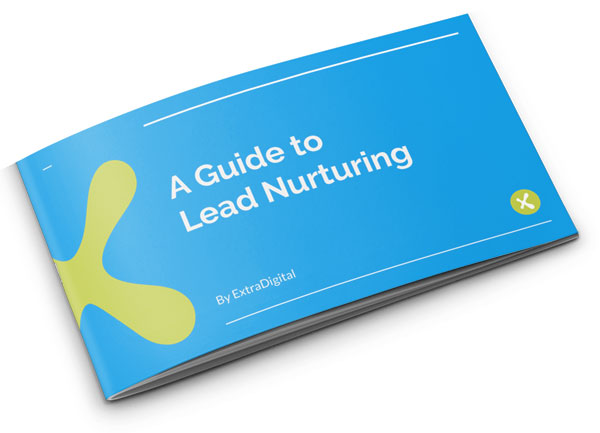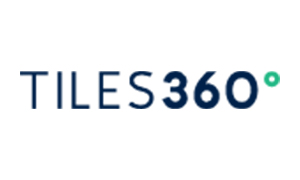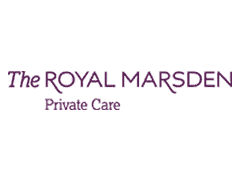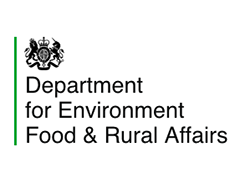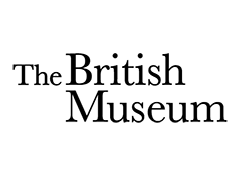Journey Based Advertising: Chapter Nine
In chapter two of our Journey Based Advertising articles, we discussed how to adapt JBA to search and social. A quick recap of how search advertising compares to social media advertising.
For Search, people are doing research or looking for a quick answer to a specific question. What is inbound marketing? This means search is more to do with keywords.
Whereas...
For Social, people are on social to connect with friends, explore their interests, share events, or look for entertaining content. Demographics are key here to how you should target
“Advertising on search platforms takes the targeting capabilities available on social media, like demographics and location, and layers it with the addition of keywords.”
HubSpot
This means keyword research is just as important for paid ads as it is for organic.
Keyword Research
Your keywords need to match the searcher intent as much as possible because Google matches your ad with search queries based on the keywords you select at ad group levels.
How do you select your keywords?
Keywords typically fall under two categories: brand and non-brand.
Brand keyword = a word or phrase that includes a brand’s name, or variations of a brand’s name.
Example: ExtraDigital, ExtraDigital Marketing Agency, ExtraDigital Services
Non-brand keyword = all other relevant keywords that do not include a brand’s name or variations of a brand’s name.
Example: marketing agency, multilingual agency, social media advertising agency, ppc agency
How do you decide between brand and non-brand keywords?
You don’t! They both have a role to play in digital advertising.
Competitors can bid on your brand name to have their ads appear when your brand is searched. By bidding on brand keywords, you stay competitive and protect your brand from your competitors’ ads.
But not everyone is going to know your brand already. Non-branded keywords allow you to reach new audiences unfamiliar with your brand; this is why it’s essential to use both in your keyword strategy.
There are lots of tools out there that you can use to do your keyword research. We suggest starting with Google’s keyword planner and Moz’s keyword explore.
Match Type
Match types give you a little wiggle room when it comes to your keyword selections. When you are creating your ads, you don’t want it to be displayed only when the specific keywords you’ve selected are entered into the search. Because there is an infinite number of ways that people can search for one term, Google has three ways to match your keywords.
[Exact match]
Only display when the search term includes the exact keyword or a very close variation. In Google, exact match keywords are wrapped in brackets.
Keyword: [Yellow Dog Collar]
Will not match with: Dog collar
“Phrase match”
A keyword set to phrase match will display your ad if the search term contains the same order of the words, but it can also contain additional words. These keywords are surrounded by quotes.
Keyword: “Dog collar”
Will match: Yellow dog collar
Will not match: Dog yellow collar
Broad match
A keyword set to broad match displays your ad when the search term contains any or some combination of the words in your keyword, in any order. These keywords don’t include any symbols.
Keyword: Dog collar
Will match: Yellow dog collar, dog yellow collar, male dog collar, cat collar
+Broad match modifier
This allows you to select keywords that must be included in the search query for your ad to be displayed.
If we wanted to deliver an ad to people searching for dog collars for female dogs, we would modify the broad match to +female dog collar. These use a plus sign.
-Negative Keywords
You can add negative keywords to make sure your ad doesn’t appear for certain search terms; this allows you to avoid having your ad pop up for a negative search term.
For example, if we set the keyword “-used” to a negative keyword, then our add wouldn’t pop up for search terms containing used, such as “used dog collar”. These use a negative sign.
If you’re just starting, this can all seem like jibberish. Or maybe you don’t know how your persona will be searching yet. Don’t panic! Start with a broad match approach and gradually move towards a narrower approach once you learn more about your searcher’s intent. Keep a close eye on your ads and modify them as you go.
Next Chapter: 10 - How to Create Remarkable Digital Ads for Paid Search

